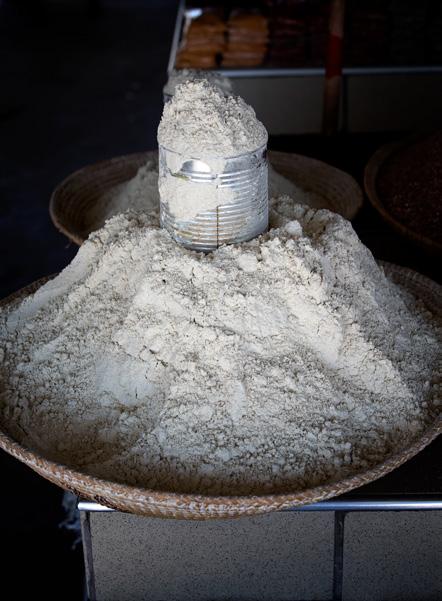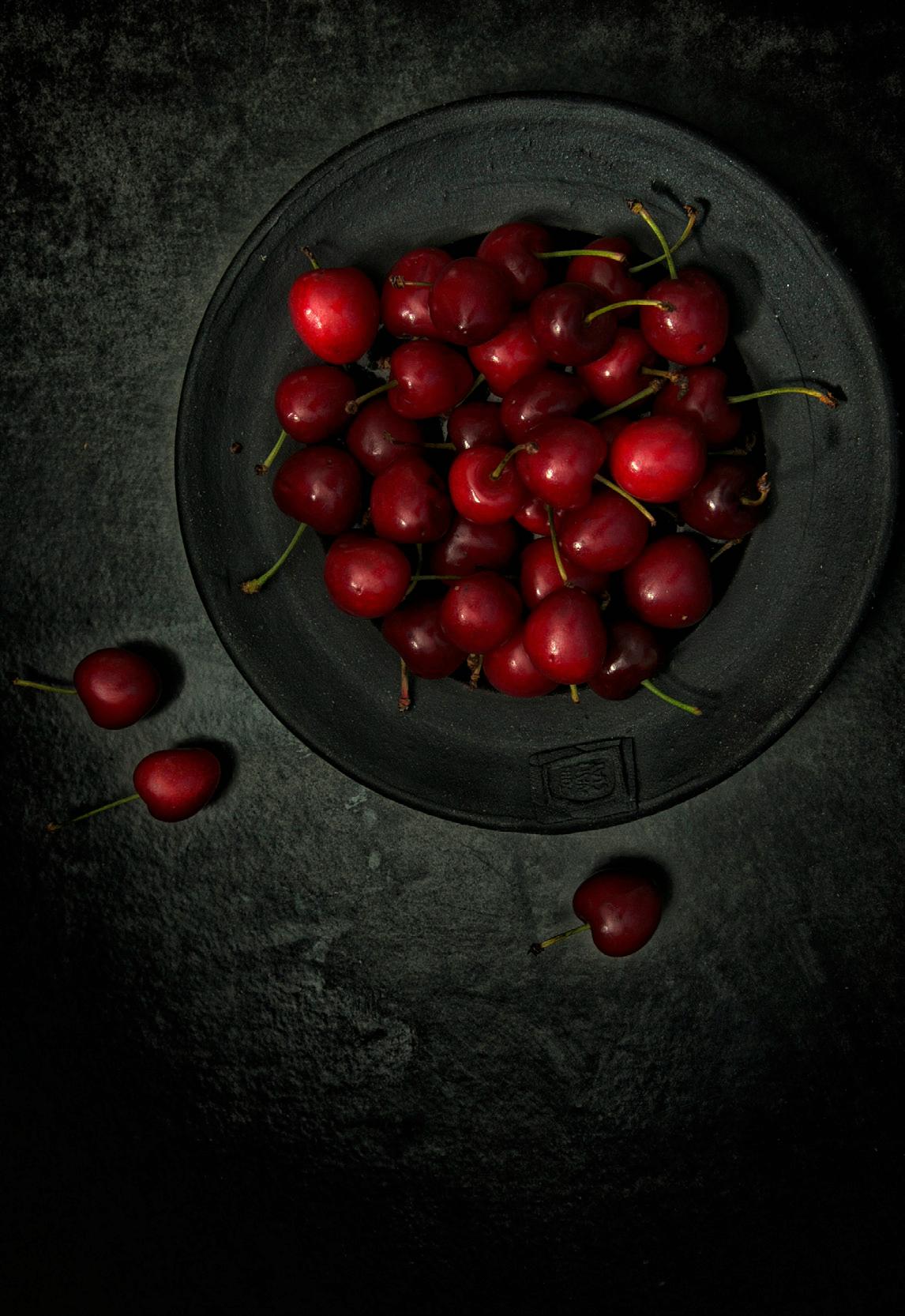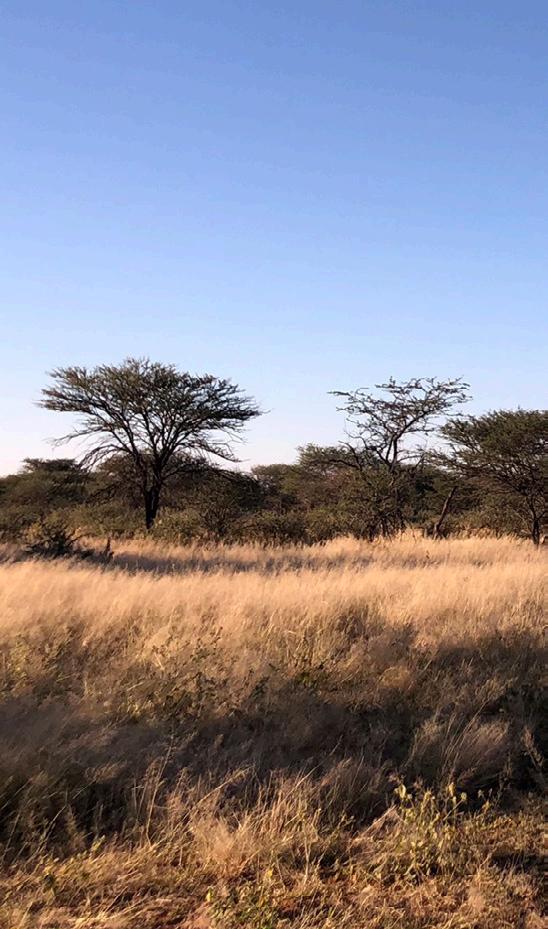
2 minute read
Mahangu
Mahangu or pearl millet (Pennisetum glaucum), the most widely grown millet variety globally, is one of Namibia’s major staple foods. Millet is preferred due to its short growing season, high productivity and tolerance to dry, high-temperature conditions.
Millet is a collective name for a variety of different small-seed grains from several different genera of the grass family Poaceae. Four varieties make up the bulk of the world’s production: pearl millet (Pennisetum glaucum), foxtail millet (Setaria italica), proso millet (Panicum miliaceum) and finger millet (Eleusine coracana). The iconic East African teff crop, (Eragrostis tef) is a close relative. Millet was domesticated in the western part of the Sahel region of West Africa some 3,500 years ago.

Millet is eaten the world over. It is thus part of very different national cuisines such as Russian, German, Namibian and Chinese. Before rice became the dominant crop in Asia, millet was the staple.
Mahangu is mostly milled into fine flour or coarser meal before being boiled with water and eaten as a porridge. Because it contains no gluten, it is less popular for bread making and baking in general. Traditionally, mahangu bread was flatbread that contained no leavening agent and thus did not require elaborate proofing.
In India, for example, mahangu is mixed with sorghum to make the local rotis flatbread, and here in Namibia mahangu is used to make omungome or oshikwiila, which is a type of unleavened flatbread or pancake made from a batter (as opposed to a dough) that consists mainly of mahangu, salt, sugar and water. Fat or oil is added to keep the bread moist. This is somewhat similar to the iconic injera flatbread of Ethiopia except that the omungome batter is not left to ferment before baking the bread. In more modern applications of bread making, mahangu flour is mixed with gluten-containing flour such as wheat flour to add more flavour to conventional bread. Such bread generally benefits from the addition of gluten to help with the proofing and texture of the bread. Without it, the bread would be heavy and dense.

Many Namibians also love oshikundu, a non-alcoholic gruel made from water, mahangu and malted sorghum. Oshikundu is brewed by adding boiling water to the mahangu meal and letting it cool to room temperature before adding the malted sorghum. The malted sorghum not only adds flavour but also contains enzymes that are crucial for the fermentation process. Mahangu bran provides colour and the wort is then diluted with cold water. Leftover oshikundu from a previous batch is added to kickstart fermentation (a process known as backslopping) and the mixture is covered and left to ferment for up to eight hours after which it is ready to drink.
Although mahangu meal is available in the retail market, the true culinary potential of mahangu as a key ingredient in Namibian cuisine is underexplored. This is evident from the fact that it is ignored by formal local restaurants and hotels.
Christie Keulder











